Imagine a rooftop that cools your building, enhances air quality, and contributes to combating climate change. A green roof achieves these goals and more. In urban environments like San Antonio, TX, where the challenges of dense constructions and limited green space exist, green roofs provide a sustainable solution. They reduce energy demand, remove pollutants, and create vibrant ecosystems. Shield Roofing, your local expert, helps you integrate this transformative technology into your property. Let’s explore the advantages and installation process of these innovative systems.
Understanding Green Roof Systems
Green roof systems are modern alternatives to conventional roofs, offering environmental, economic, and aesthetic benefits. Unlike traditional materials, they use layers of soil, vegetation, and advanced membranes to create a sustainable ecosystem. There are two main types: extensive and intensive, each with unique features. These systems outperform conventional roofs in insulation, urban heat reduction, and stormwater management. Explore the benefits and types of green roofs available.
What is a Green Roof?
A green roof integrates vegetation, soil, and waterproofing into a sustainable roofing system. It enhances aesthetics and offers environmental benefits by combating the urban heat island effect, managing stormwater runoff, improving air quality, providing insulation to lower energy costs, and promoting biodiversity for urban wildlife. Choosing a green roof is a sustainable decision that benefits the environment and supports a healthier urban ecosystem.
Types of Green Roofs (Extensive vs. Intensive)
Two primary types of green roofs exist: extensive and intensive. Extensive green roofs feature a lightweight growing medium and are typically populated with smaller, drought-resistant plants, making them cost-effective and low-maintenance. In contrast, intensive green roofs, a type of green roof that supports deeper soil, allow for a diverse range of vegetation, including shrubs and small trees, enabling more complex ecosystems. While intensive systems require more structural support and regular maintenance, they significantly enhance air quality and biodiversity, contributing to urban green space and mitigating the urban heat island effect.
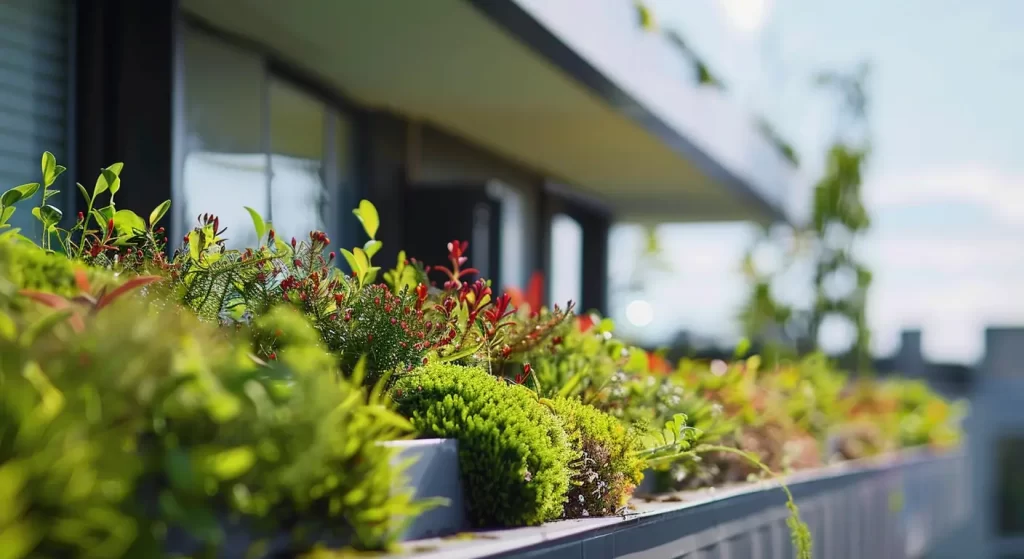
Key Benefits of Green Roof Systems
Green roofs offer a robust set of benefits for property owners and cities. By adding a layer of vegetation, they reduce energy use and stormwater runoff—lowering urban heat effects. The introduction of green spaces improves mental health and human health, providing habitats for wildlife and weaving nature into urban areas.
Additionally, green roofs enhance the aesthetic appeal of buildings and increase property values. These multi-functional systems provide lasting positive effects, creating an environmentally friendly solution for residential and commercial structures alike.
Energy Efficiency and Cost Savings
Green roof systems enhance energy efficiency, resulting in long-term cost savings. They serve as natural insulators, reducing reliance on HVAC systems and lowering utility bills. The vegetation moderates indoor temperatures, providing summer cooling and winter warmth. Additionally, these roofs decrease greenhouse gas emissions, combat climate change, and mitigate the urban heat island effect. Property owners may also receive tax incentives for eco-friendly investments. Overall, a green roof improves aesthetics and supports sustainable urban environments, making it a smart financial choice.
Stormwater Management and Drainage
Effective stormwater management is crucial in urban areas, especially as climate change worsens. Green roof systems mitigate runoff by absorbing rainwater through vegetation and substrate. This natural filtration reduces sewer inflow and improves water quality by removing pollutants, easing pressure on municipal drainage.
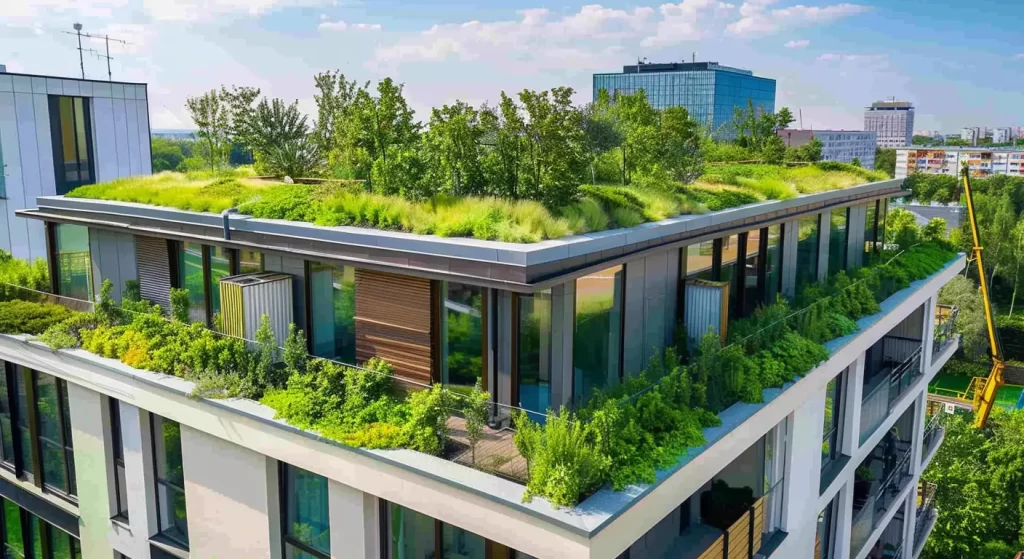
Enhanced Air Quality and Urban Cooling
Green roofs enhance air quality in San Antonio, TX by absorbing pollutants and reducing greenhouse gas emissions. They also mitigate the urban heat island effect, lowering temperatures by up to 20°F for residents and workers.
Additionally, those roofs aid in carbon dioxide absorption, contributing to climate change solutions. At Shield Roofing, we optimize plant arrangements for maximum cooling benefits.
Biodiversity and Habitat Creation
Green roofs create thriving habitats in busy urban centers. By incorporating native vegetation, they attract pollinators like bees, butterflies, and birds to coexist within cityscapes.
The variety of plant life fosters biodiversity while mitigating habitat fragmentation caused by dense development. For instance, intensive green roofs, with their broader scope of vegetation, can form microhabitats for small urban wildlife.
Essential Components of a Green Roof
A successful green roof system has carefully designed layers. The waterproofing membrane acts as a protective shield against water infiltration, while the root barrier prevents structural damage.
The drainage layer ensures proper water flow, avoiding waterlogging issues that could harm vegetation. Finally, the growing medium forms the foundation for plant life, sustaining plant health over time. These essential components work together to deliver a robust green roof system tailored to your San Antonio property.
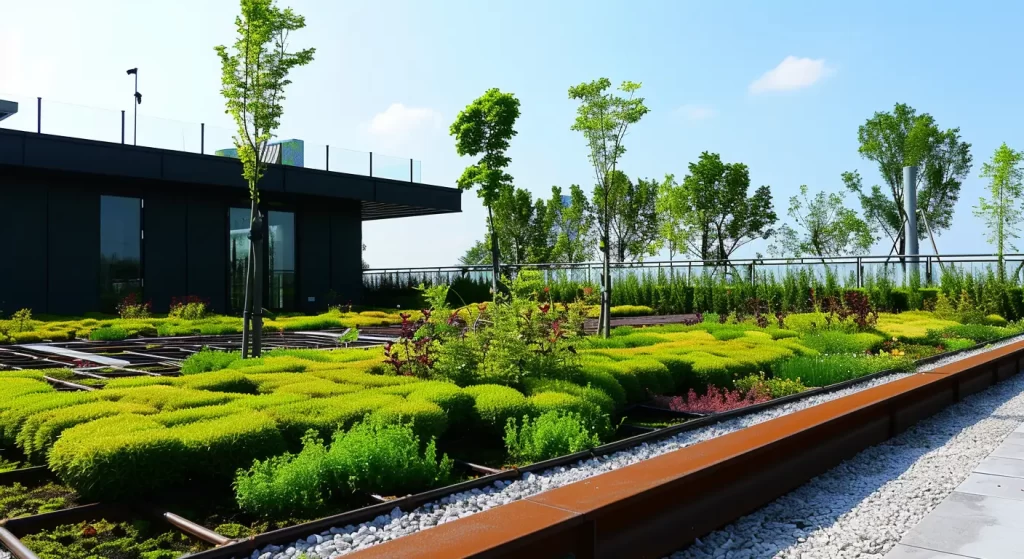
Waterproofing and Root Barrier Layers
Waterproofing is essential for a sustainable green roof, preventing water damage to the building structure. Made from durable membranes, it ensures long-lasting protection.
Equally important is the root barrier, which prevents plant roots from compromising the rooftop’s integrity. Together with the waterproof layer, they create a protective envelope for a secure green roof system.
Shield Roofing utilizes premium materials like GAF-certified and Owens Corning membranes to enhance roof durability and longevity.
Drainage and Water Retention Systems
Effective drainage and water retention systems are crucial components of any green roof design. Utilizing a drainage layer efficiently manages stormwater runoff, preventing water pooling that could jeopardize the roof’s integrity. A robust waterproofing membrane acts as a barrier against moisture intrusion, protecting the underlying structures while supporting healthy plant growth. Selecting the appropriate layering of materials ensures optimal retention capabilities, allowing for the absorption of excess water and reducing the impacts of the urban heat island effect. Careful planning leads to sustainable urban green spaces that enhance air quality.
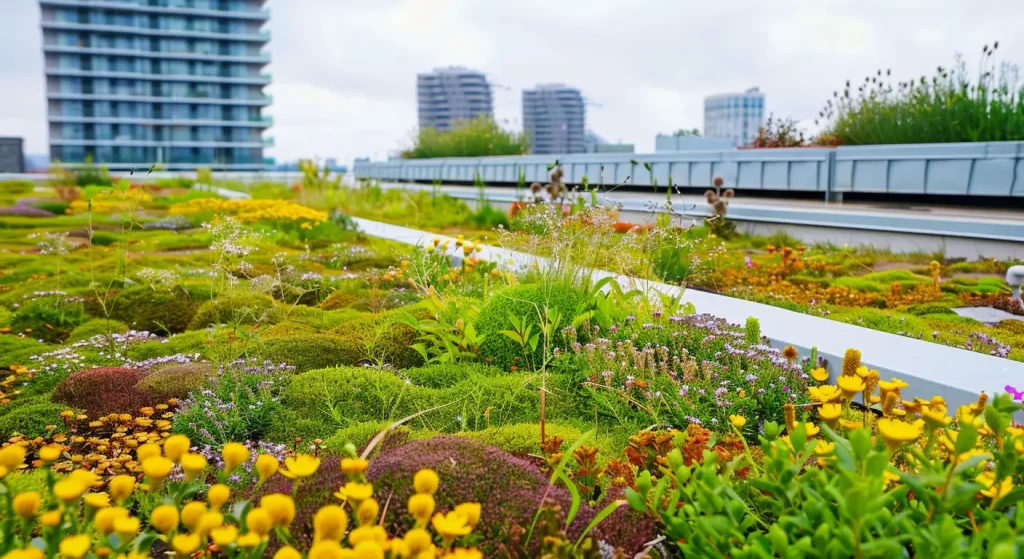
Growing Medium and Plant Selection
Selecting the appropriate growing medium and plants is crucial for a successful green roof. Lightweight substrates designed specifically for green roofs ensure adequate drainage, support plant growth, and retain moisture. While extensive green roofs typically utilize shallow media and hardy plants, intensive systems can accommodate a more diverse selection of vegetation, including shrubs and larger plants. Consideration of local climate conditions and water retention capabilities is essential for enhancing plant health. The right combination ultimately contributes to improved air quality and mitigates urban heat island effects, promoting sustainability.
Planning Your Green Roof Project in San Antonio, TX
Starting a green roof project in San Antonio, TX involves careful consideration of your rooftop’s structure and its load capacity, ensuring it can support the system’s weight. An assessment of local climate factors is crucial, especially in South Texas, where temperatures can fluctuate significantly. This involves selecting plant varieties suited to the region and capable of thriving in the unique urban environment. With the right planning, including appropriate drainage and waterproofing measures, sustainable benefits such as improved air quality and reduced heat island effects can be realized.
Assessing Roof Structure and Load Capacity
A thorough evaluation of the roof structure is essential before installing a green roof system. Consideration must be given to load capacity, as these systems, particularly intensive green roofs, can add significant weight. Consulting with structural engineers ensures compliance with safety standards and identifies any necessary reinforcements. Additionally, understanding the layers of a green roof, including the growing medium and drainage layer, is crucial for evaluating overall stability. This assessment aids in ensuring that the roof can support vegetation while maintaining structural integrity long-term.
Climate Considerations for South Texas
Understanding the unique climate of South Texas is essential for successful green roof implementation. High temperatures and limited rainfall necessitate a thoughtful selection of the growing medium and drought-resistant vegetation. Extensive green roofs, with their lightweight layers, are particularly suited for this region as they require less maintenance while effectively reducing the urban heat island effect. Additionally, incorporating effective drainage systems enhances stormwater management, ensuring resilience against both heavy rains and extended dry spells, thus promoting healthy plant growth throughout the diverse times of the year.
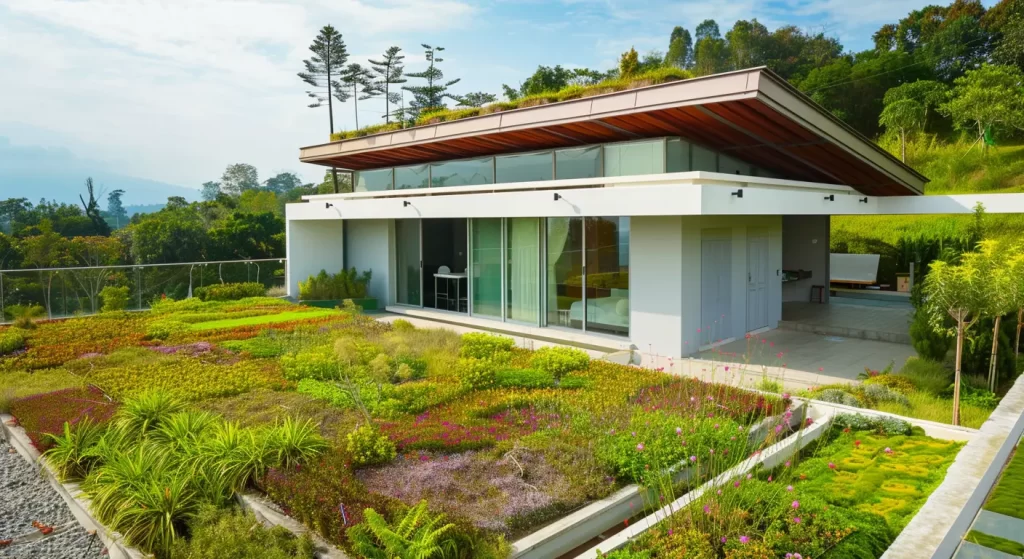
Step-by-Step Green Roof Installation Guide
Successful green roof installation requires a meticulous, step-by-step approach. Start with surface preparation to ensure structural integrity and waterproofing compliance. Next, layer the components—drainage layer, growing medium, and root barrier—to manage stormwater and support plant growth.
Once set, planting can begin. Choosing suitable vegetation like succulents or shrubs is essential for improving urban air quality and mitigating the heat island effect, ensuring the long-term benefits of green roofs are achieved.
Preparing the Roof Surface
Ensuring a robust foundation is crucial for the longevity and effectiveness of a green roof system. Begin by thoroughly cleaning the rooftop, eliminating debris and pollutants that may compromise waterproofing layers. Following this, inspect the existing structure for any signs of damage, as a suitable roof must be capable of supporting the weight of selected growing mediums and vegetation. A proper drainage layer should also be installed to manage stormwater runoff, safeguarding the building’s integrity while enhancing overall air quality within the urban environment.
Layering and Installing System Components
Successful green roof installation hinges on meticulously layering each component for optimal performance. Start with a waterproofing membrane to prevent leaks, followed by a drainage layer to manage stormwater runoff. Next, incorporate a lightweight growing medium that supports plant growth while ensuring proper irrigation and root barrier protection. The top layer features vegetation, often selected for its resilience in urban environments. This structured approach not only enhances air quality but also contributes to energy savings and the mitigation of the urban heat island effect.
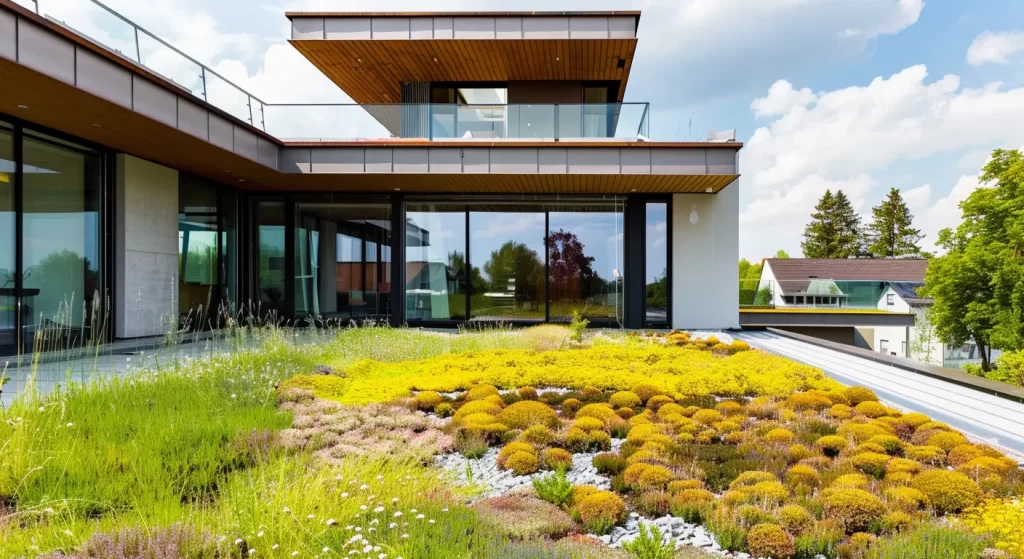
Maintaining Your Green Roof for Longevity
Regular maintenance is crucial for enhancing the longevity of green roofs. Seasonal care, including checking for drainage layer blockages and ensuring proper irrigation, contributes significantly to optimal plant growth and health. Inspections should aim to assess the condition of the waterproofing membrane and root barrier, addressing any potential issues early on. Attention to the growing medium, especially its nutrient content and moisture levels, will also support resilient vegetation, thus improving air quality while mitigating the urban heat island effect in your area.
Seasonal Care Tips and Inspections
Routine inspections throughout the year are essential for maintaining a successful green roof. During spring, check for plant health and ensure the drainage system is functioning optimally, preventing waterlogging and excess runoff. Summer months require monitoring of the irrigation system to address increased evaporation and maintain moisture levels. In fall, inspect for accumulated debris, which can affect air quality and drainage. Winter inspections should focus on ensuring the waterproofing membrane is intact and assessing the weight of snow to protect the roof structure and ensure the longevity of your roof system.
Get in Touch
Implementing a green roof system in North America can greatly enhance urban spaces by improving air quality and reducing heat island effects. With over 25 years of roofing experience and certifications from Owens Corning, GAF, BBB A+, CTRCA, and Directorii, we ensure precise and careful installations. Thoughtful planning—assessing structural capacities and choosing appropriate vegetation—supports stormwater management and biodiversity. As the green roof industry evolves, it offers innovative solutions to climate change. Embracing this sustainable architecture helps reduce energy demand, promote mental health, and foster a healthier urban environment.
Read our blog: Built‑Up vs. TPO vs. EPDM: Which Flat Roof Wins Long‑Term?
Frequently Asked Questions
Do green roofs increase property value?
Yes, green roofs can significantly enhance property value. They improve energy efficiency, provide stormwater management, and create aesthetic appeal, making properties more attractive to buyers. Additionally, they contribute to sustainability efforts, which are increasingly important to homeowners and investors alike.
Do green roofs improve water quality?
Green roofs play a crucial role in improving water quality by filtering pollutants and absorbing rainwater, thus also contributing to reducing air pollution. They reduce stormwater runoff, which minimizes the risk of flooding and erosion while promoting healthier ecosystems. This natural filtration process significantly contributes to cleaner urban water systems.
